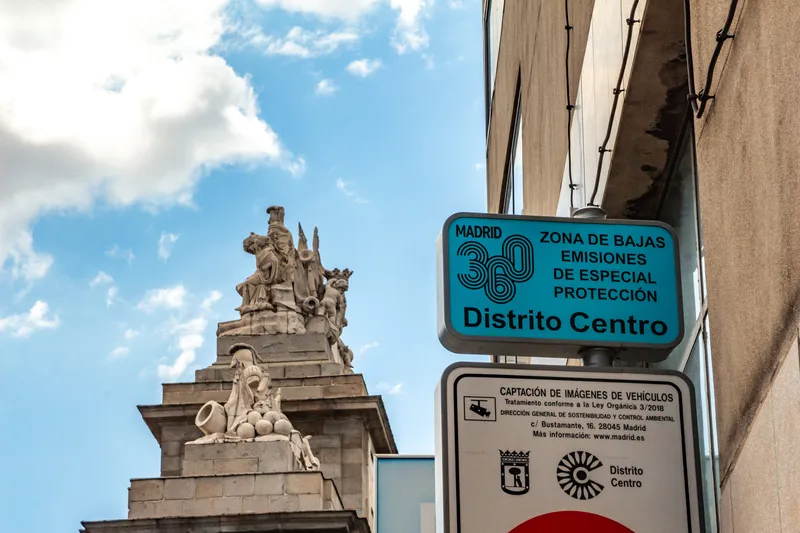According to a new report from ABI Research, after more than a decade of trials and tests, the ITS industry finds itself facing important decisions regarding mandating dedicated DRSC-based technology and ensuring seamless integration with existing converged technologies, using them as a proxy to bridge the time, penetration, and cost gap of ITS infrastructure which is not expected to reach critical mass before the end of this decade.
August 3, 2012
Read time: 2 mins
According to a new report from 5725 ABI Research, after more than a decade of trials and tests, the ITS industry finds itself facing important decisions regarding mandating dedicated DRSC-based technology and ensuring seamless integration with existing converged technologies, using them as a proxy to bridge the time, penetration, and cost gap of ITS infrastructure which is not expected to reach critical mass before the end of this decade.
“It is essential the ITS debate shifts to encompass the wider framework of the connected car environment which offers a nearly continuous spectrum of connectivity options offering a variety of range, line of sight, and response time characteristics,” says ABI Research VP and practice director Dominique Bonte. Synergies between three connectivity categories – very short range, short range, and wide area connections, will need to be established.
Ultimately all connectivity options will be required to make the goal of 100 per cent safe and automated driving a reality. In this way boundaries between disciplines which have long been isolated ecosystems are starting to blur as more holistic views, approaches, and strategies are being adopted, largely driven by business case challenges and budget constraints following the 2009 economic recession. Incrementally and organically using and adding technology as it becomes available continuously, improving the performance, and reliability of intelligent transportation systems will be an important paradigm.
While cellular connectivity and converged telematics solutions will be used for ITS applications in the future, at the same time ITS technology and solution providers will look how to offer additional (consumer type) services to make their business models more robust. One criticism government-led ITS initiatives have had to endure is the lack of analysis of consumer needs; not taking into account the important role consumers will play in accepting and embracing ITS solutions.
ABI Research’s new “Dedicated V2V AND V2I ITS Infrastructure versus Converged Technology” study explains how dedicated ITS infrastructure will be complemented by active safety (ADAS) and converged connected car technology. It includes descriptions of major standards, government mandates, and industrial initiatives, as well as system shipment forecasts for the three categories of connected car technologies.
“It is essential the ITS debate shifts to encompass the wider framework of the connected car environment which offers a nearly continuous spectrum of connectivity options offering a variety of range, line of sight, and response time characteristics,” says ABI Research VP and practice director Dominique Bonte. Synergies between three connectivity categories – very short range, short range, and wide area connections, will need to be established.
Ultimately all connectivity options will be required to make the goal of 100 per cent safe and automated driving a reality. In this way boundaries between disciplines which have long been isolated ecosystems are starting to blur as more holistic views, approaches, and strategies are being adopted, largely driven by business case challenges and budget constraints following the 2009 economic recession. Incrementally and organically using and adding technology as it becomes available continuously, improving the performance, and reliability of intelligent transportation systems will be an important paradigm.
While cellular connectivity and converged telematics solutions will be used for ITS applications in the future, at the same time ITS technology and solution providers will look how to offer additional (consumer type) services to make their business models more robust. One criticism government-led ITS initiatives have had to endure is the lack of analysis of consumer needs; not taking into account the important role consumers will play in accepting and embracing ITS solutions.
ABI Research’s new “Dedicated V2V AND V2I ITS Infrastructure versus Converged Technology” study explains how dedicated ITS infrastructure will be complemented by active safety (ADAS) and converged connected car technology. It includes descriptions of major standards, government mandates, and industrial initiatives, as well as system shipment forecasts for the three categories of connected car technologies.









